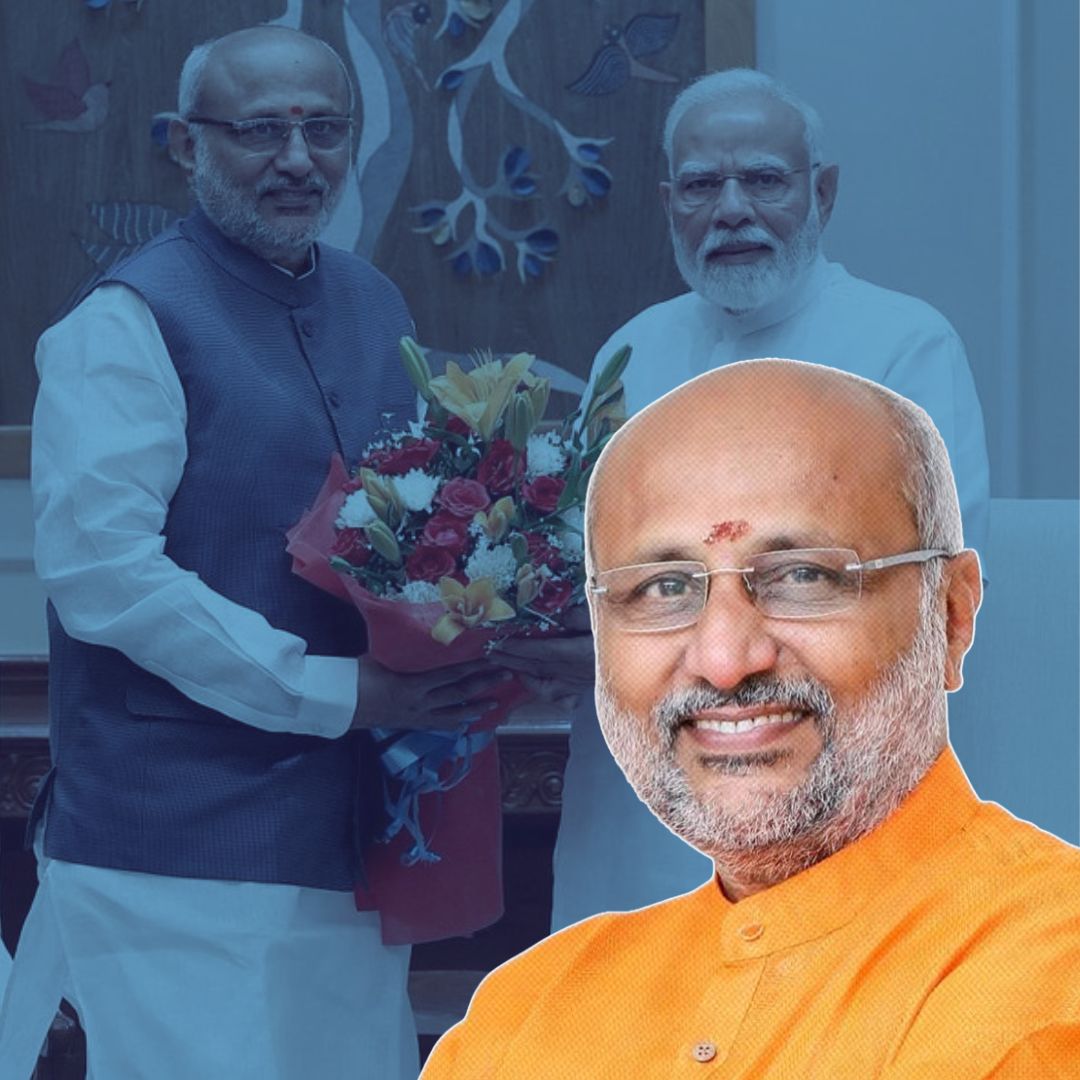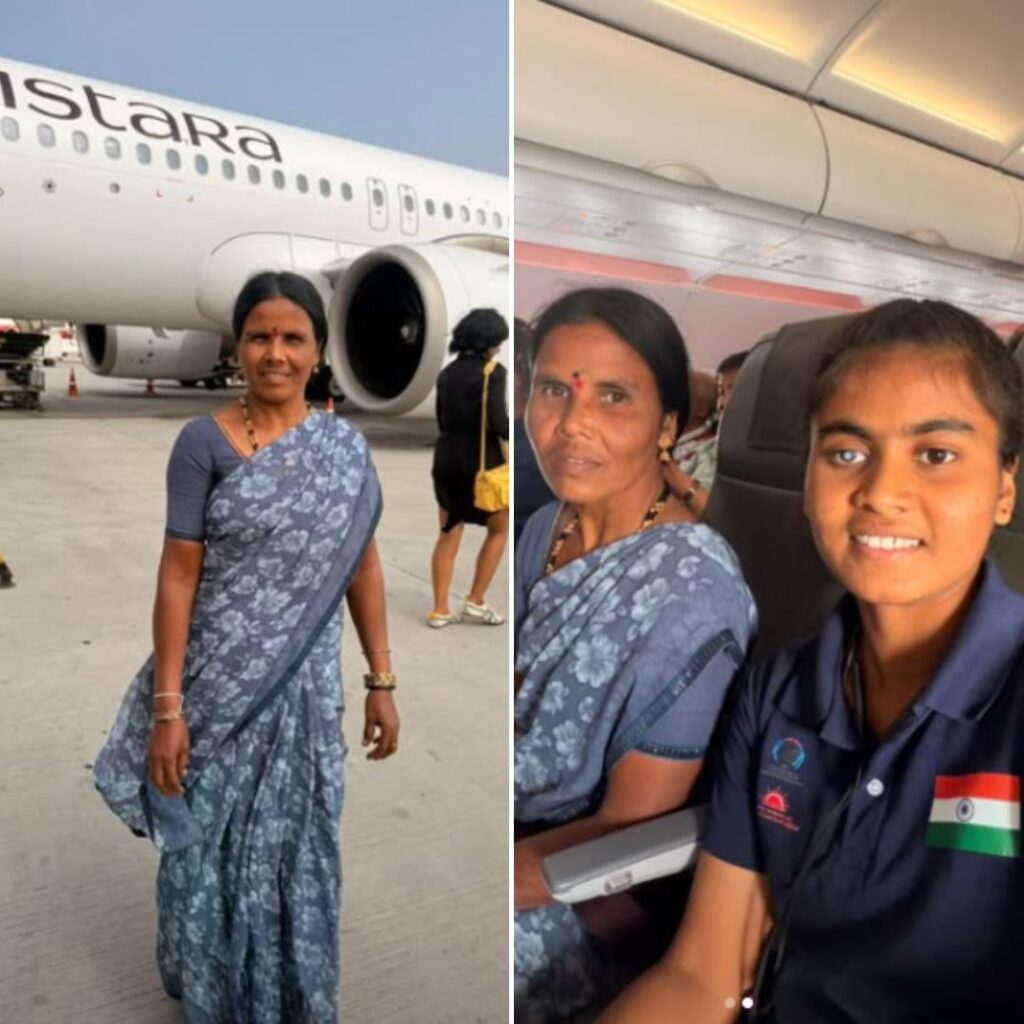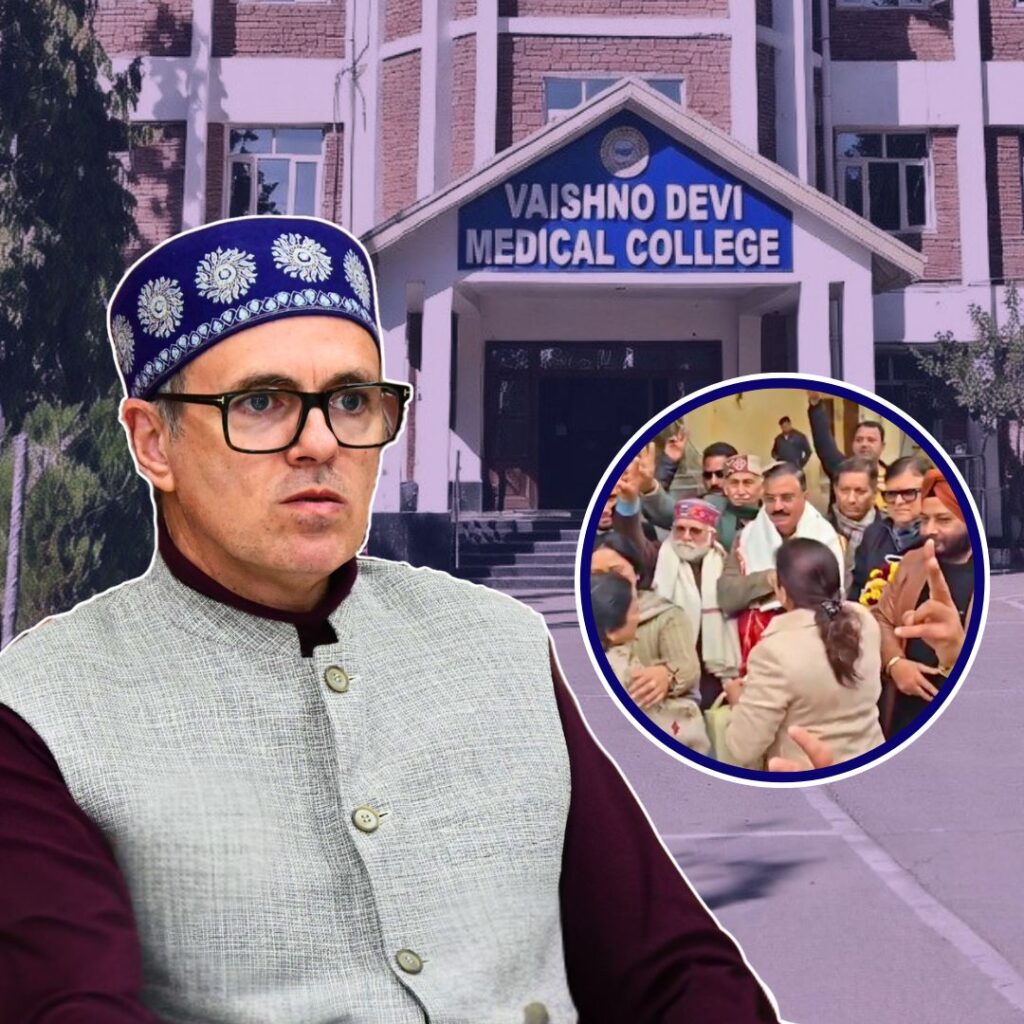CP Radhakrishnan, Maharashtra Governor and nominee of the National Democratic Alliance (NDA), emerged victorious in India’s 2025 vice-presidential election, securing 452 votes out of 767 cast by Members of Parliament.
His opponent, Justice B. Sudershan Reddy of the INDIA bloc, received 300 votes, while 15 ballots were declared invalid. The election saw an impressive turnout of 98.2%, with 13 MPs abstaining from voting. The contest filled a vacancy left by former Vice President Jagdeep Dhankhar’s resignation due to health reasons in July.
Behind the Ballot: Political Reactions and Statements
In his first address post-election, Radhakrishnan called the result “a victory for nationalistic ideology” and urged unity among all parties to work towards making India a developed nation by 2047. He emphasised, “Both ruling and opposition parties are two sides of the same coin.
The interest of democracy will be taken into account”. Prime Minister Narendra Modi, who cast the first vote in the poll, congratulated Radhakrishnan, stating that his career has focused on uplifting marginalised communities and that he will strengthen constitutional values. Former Vice President Dhankhar also offered warm wishes, expressing confidence that Radhakrishnan’s leadership would bring greater “glory” to the office.
The opposition, though defeated, described the election as an “ideological battle,” affirming the opposition’s continued commitment to democratic principles. He congratulated Radhakrishnan and highlighted the enduring relevance of a strong, ethical opposition.
The vice-presidential election also highlighted the evolving dynamics within Indian politics, with cross-voting and abstentions signaling shifting alliances and individual MP’s strategic choices beyond party lines. This election underscored the growing importance of consensus-building in Parliament, reflecting a maturing democracy where dialogue often transcends rigid political divides.
Electoral Context: Cross-Voting, Turnout, and Background
The election’s outcome was notable for its strong turnout and reported cross-voting among MPs, with 15 opposition members believed to have sided with the NDA, matching the number of invalid votes cast. Both NDA and INDIA bloc leaders actively guided members on voting day, holding mock polls and coordination meetings in Parliament. Analysts cited NDA’s effective outreach, floor management, and cohesive strategy, led by major ministers and party leaders, as critical to securing the victory margin.
CP Radhakrishnan’s political career stretches back to his student leader days in Tamil Nadu, with close ties to the Rashtriya Swayamsevak Sangh (RSS) and Jan Sangh. He has previously served as a two-term Lok Sabha MP from Coimbatore, as well as the governor of Jharkhand, Telangana, Puducherry, and Maharashtra. His reputation for integrity and public service is widely acknowledged across party lines.
The Logical Indian’s Perspective
The election exemplifies the strength and vibrancy of Indian democracy, illustrated by high parliamentary participation and respectful competition. Radhakrishnan’s call for collective action resonates with our commitment to dialogue, kindness, and social harmony.
Justice Reddy’s campaign reaffirmed the vital role of constructive opposition. As a new vice-presidential era begins, The Logical Indian invites readers to consider: How can Parliament help foster greater empathy, unity, and productive debate after this pivotal transition? Join the conversation and help shape a more inclusive future for all.
Jai Hind ! 🇮🇳🙏 pic.twitter.com/SxclXTkNgO
— CP Radhakrishnan (@CPRGuv) September 9, 2025











